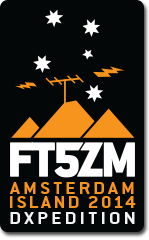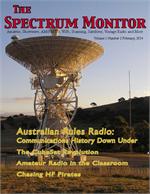Well one of the most wanted DXCC entities is finally on the air. After over a week of travel the team started operations today and the pile-ups were astounding. I tried for nearly an hour to work them on 20 meters with no success. The pile-up was nearly 15kHz wide. One interesting thing I did was to hook up the I/Q output of the KX3 and feed it into CW Skimmer. Within less than 5 minutes CW Skimmer had captured over 160 call signs. Even with CW Skimmer running it was still difficult to pick the right spot to call. I finally decided to try another time.
This evening I saw they were operating on 17m. I went up to the shack and heard them loud and clear. There was still a significant pile-up, but it was only about 5 kHz wide. After about 20 minutes of tuning the pile-up I found a pattern in their operation. After about 5 tries I finally heard my call sign and a signal report. It was pretty exciting to work another All Time New One.
Hopefully over the next several days I will be able to work them on some other bands. Their website is: http://www.amsterdamdx.org/
Feel free to join the pile-up. Just be sure to follow the DX Code of Conduct and the pile-up will be fun for all.
73,
Fred, KC9QQ



